Heeeyho Readers! Continuing the expedition in Derbyshire, England.
With Operation Chastise around the corner, chief mechanic fueled and armed the Lancasters ― 617 Squadron prepared for another low-level flight over the Derwent Valley. Bystanders heard the radial engines roaring as the planes approached.
“Bomb doors open,” shouted the bomb-aimer over the radio.
“Bomb doors open,” repeated bomb-master, “hold altitude 0-1-8, ground speed 2-3-0 and prepare for release.”
When the bomb-aimer spotted the dam, he shouted orders to release the bouncing bomb. Wing Commander Guy Gibson yanked the elevator to regain altitude as the bomb went flying to the wall. Good ole Lancaster had made it.
What does World War II have to do with a travel blog?
After cycling The Great Edge, I came back to camp to prepare mushrooms on butter and pasta with tuna fish. Gruff had gone back home earlier that day because the weather was ‘bout to change. Derbyshire indeed experienced a hellish whiff, at least for early-summer standards in the UK. I set sight to the Upper Derwent Valley, to a trail around the Howden, Derwent, and Ladybower reservoirs.
Howden, Derwent, and Ladybower
The Upper Derwent reservoirs are a chain of three impressive manmade lakes—Howden, Derwent, and Ladybower—that meander through Peak District National Park in northern England. The Derwent Valley dams and reservoirs provide water for the UK cities of Sheffield, Derby, Nottingham, and Leicester.
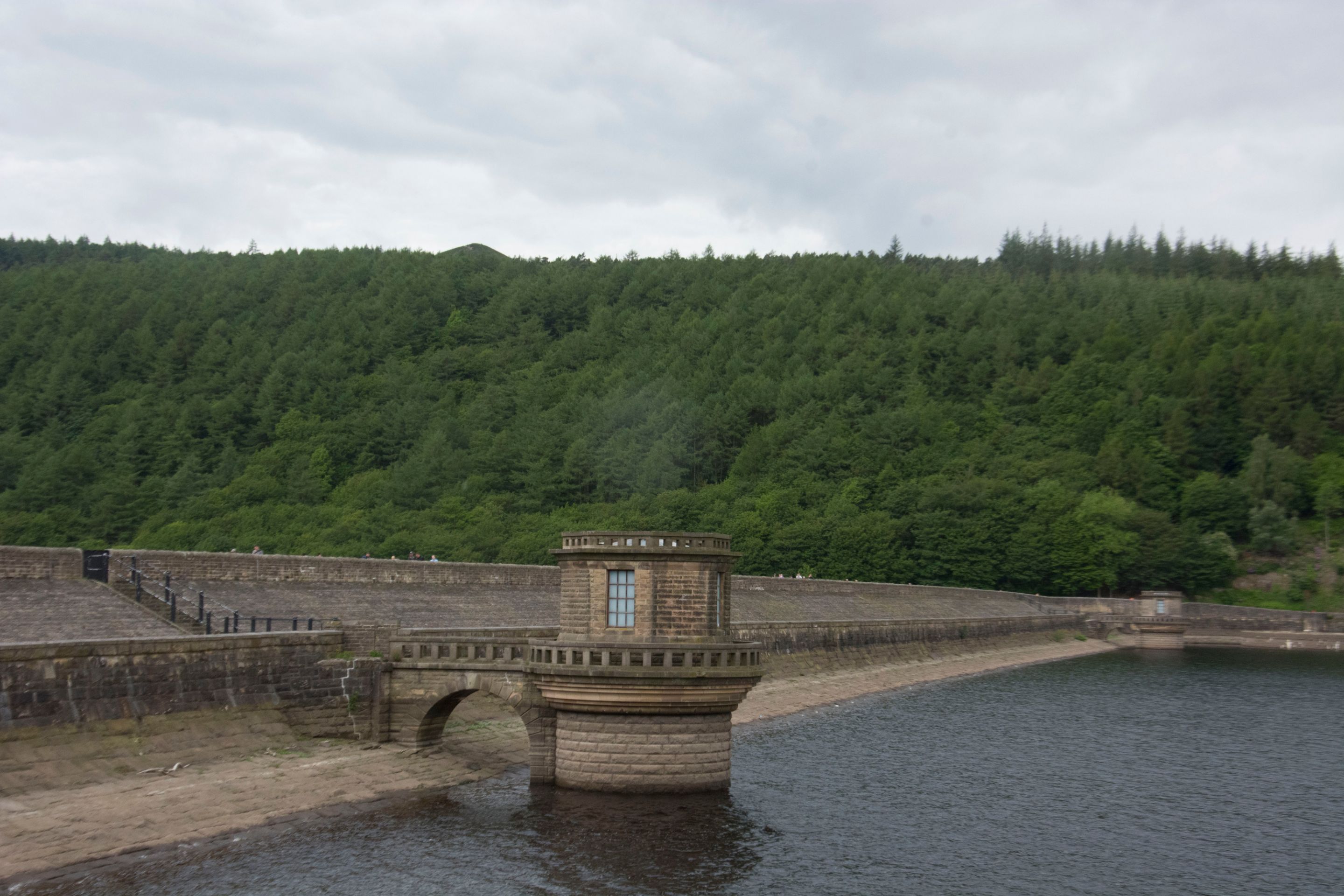
Ladybower dam walls
As an engineer, I must say the Victorian-era constructions impressed me. Although the three dams are enormous feats of ingenuity, Ladybower intrigues by the two holes ― with no allusion to the lady’s parts ―, since they are de facto shaft spillways (aka plugs). Some say they are routes to Australia. Who knows?
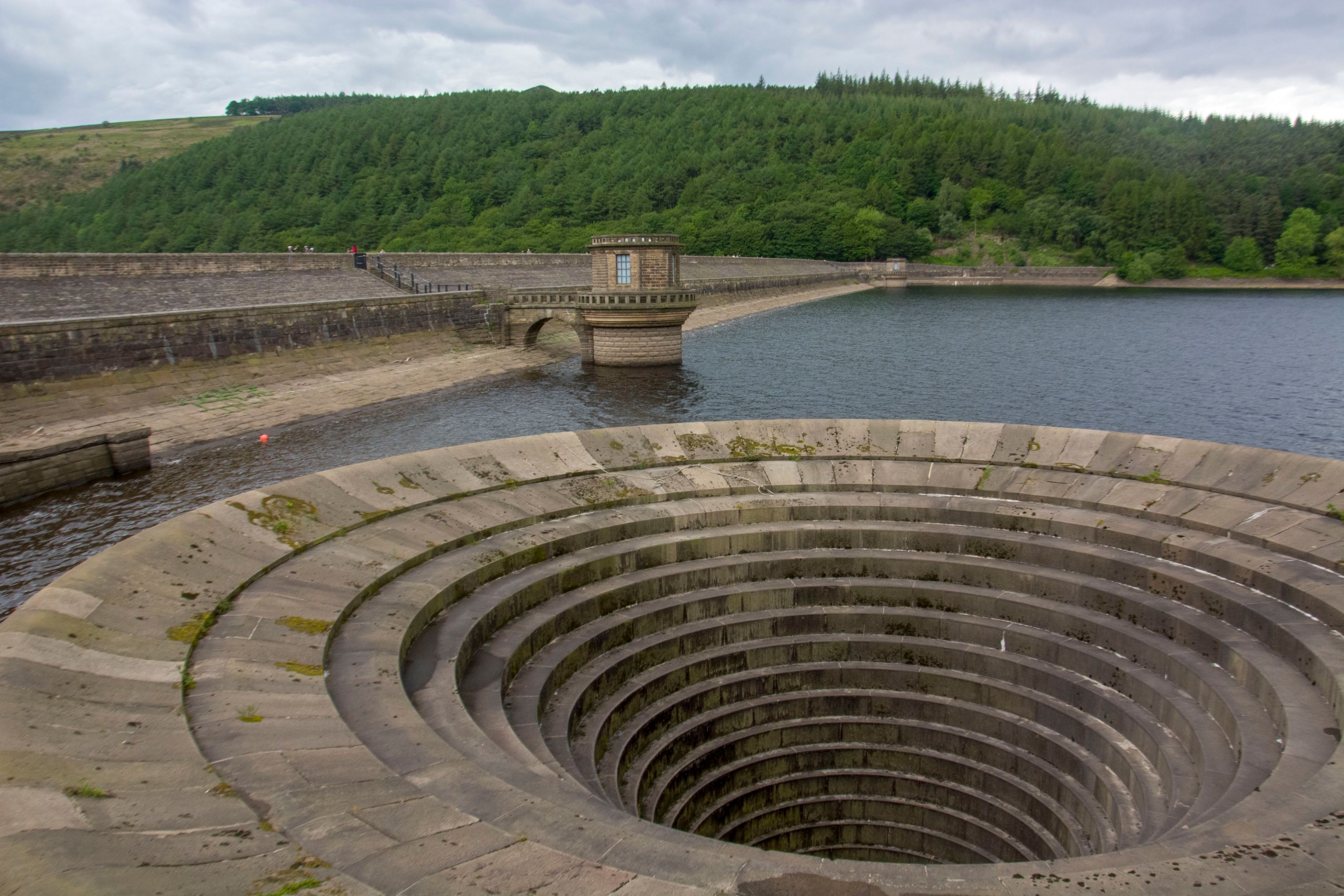
The first two dams constructed were the Howden and Derwent, between 1902 and 1916. Ladybower dam, the larger of the three, was built between 1935 and 1943, and used 100,000 tons of concrete, over one million tons of earth and 100,000 tons of clay for the core. Holy suit!
From the Fairholmes Visitor Centre, I followed a well-paved track of around 10 miles around the Derwent and Howden reservoirs. The path was gentle, with only a short section of uneven ground, which, for a mountain-biker, is always fun. I’ve heard remains of the old Derwent village, now mostly underwater, are still visible somewhere, though I couldn’t find it.
At the turning point, before going back to the visitor center, I stopped at the lovely Derwent Bridge, also referred to as Slippery Stones Bridge.
Fun fact: The 17th-century bridge was originally located further south, in the now submerged village of Derwent. After submerging the village, in 1944, the bridge was transported and rebuilt, stone by stone, at the head of Howden Reservoir at Slippery Stones.
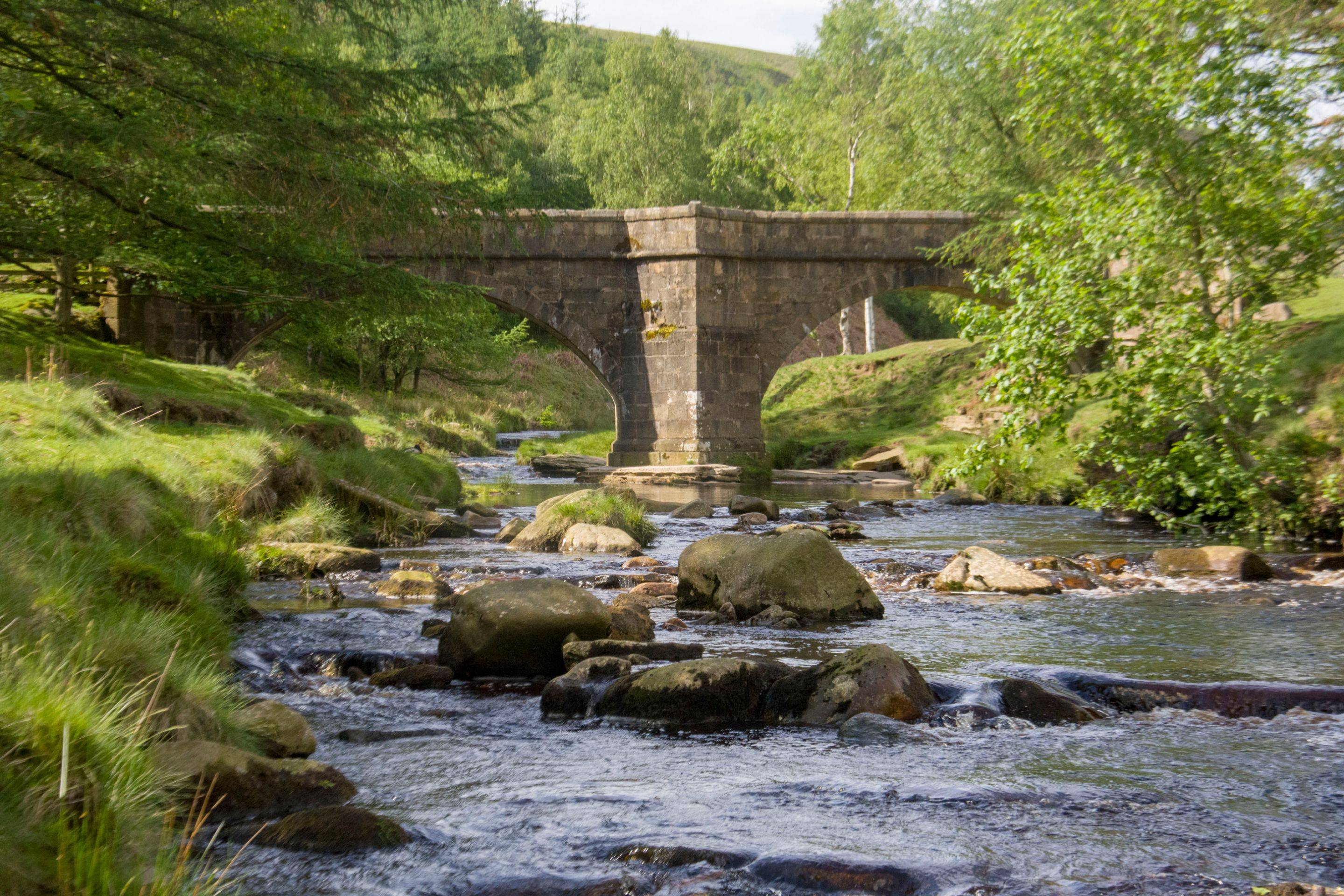
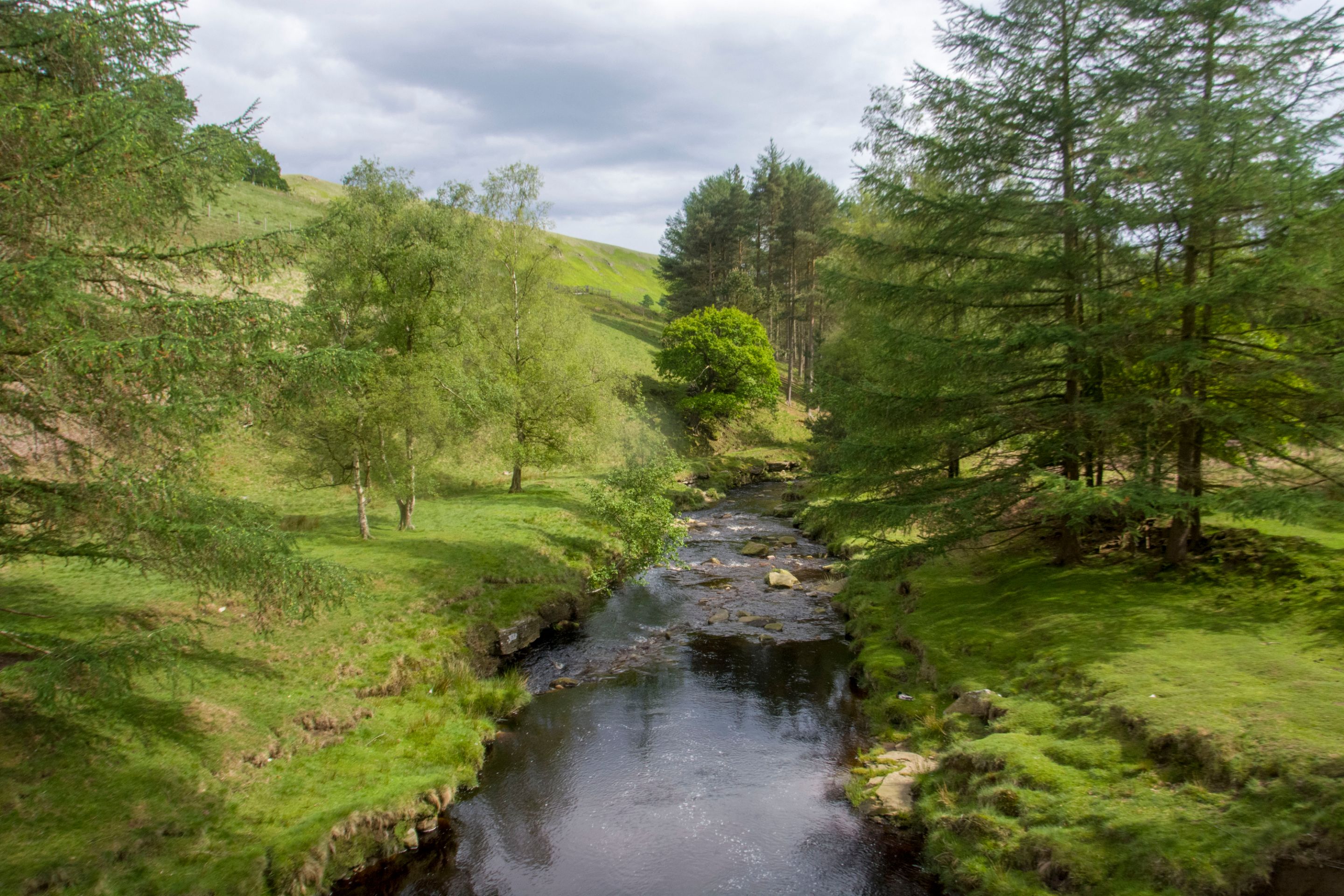
The Dambusters
Derwent Reservoir was also part of World War II when the 617 Squadron used the wall for practicing low-level flights. The group, called “Dam Busters”, was training for Operation Chastise, which aimed to attack German dams in the Ruhr valley. The similarities between the Derwent reservoirs and the German dams served as a practice ground for a new conceptual bomb: the bouncing bomb. Operation Chastise was carried out on 16–17 May 1943 and was considered successful after two hydroelectric power stations were destroyed along with factories and mines.
Obs.: The Images below are part of the Wikipedia Commons.
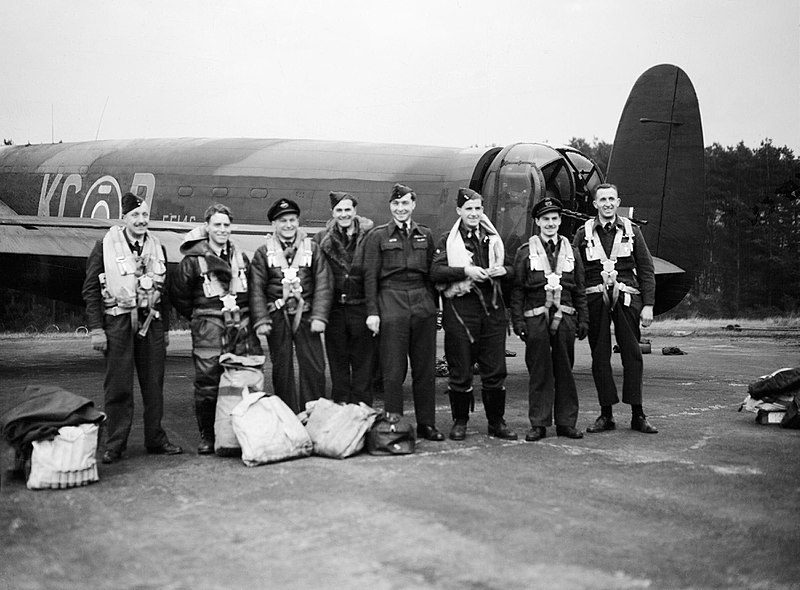
Royal Air Force Bomber Command, 1942-1945
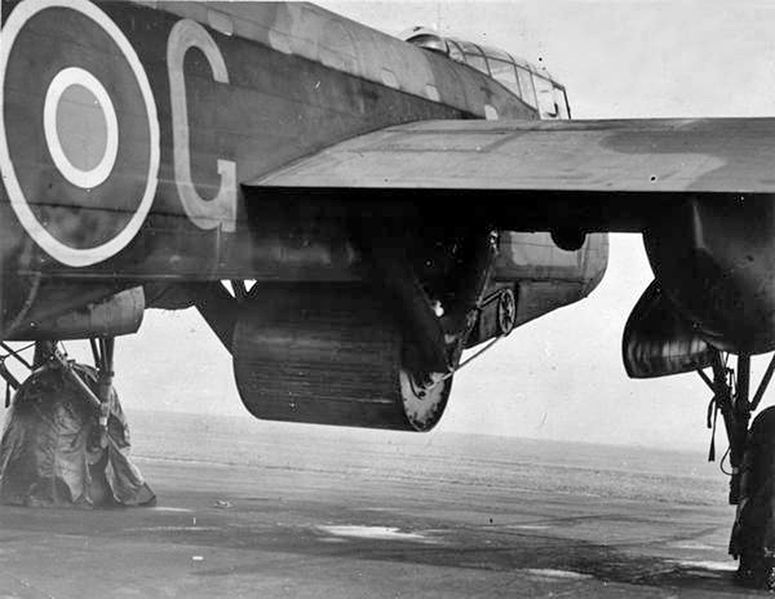
"Upkeep" bouncing bomb mounted under Gibson's Lancaster B III (Special)
In the end, I had planned to cycle up the Bamford Edge, but the park sparkled such great energies that I spent more time laying on the grass, enjoying the river and the sun. Wish I'd gone there in May when the Royal Air Force and Battle of Britain Memorial Flight perform a flypast over the dams. It is what it is. Now I have a great excuse to visit the UK again.
Did you know I have a book coming out? Check this out!
Link to the book: https://www.amazon.com/dp/B09B4JQTS7 Link to the author's page: https://www.amazon.com/~/e/B09B4LQHM8
If you enjoyed this post consider leaving your upvote for a hot coffee.
Find me on Twitter: https://twitter.com/mrprofessor_
~Love ya all,

Disclaimer: The author of this post is a convict broke backpacker, who has travelled more than 10.000 km hitchhiking and more than 5.000 km cycling. Following him may cause severe problems of wanderlust and inquietud. You've been warned.

